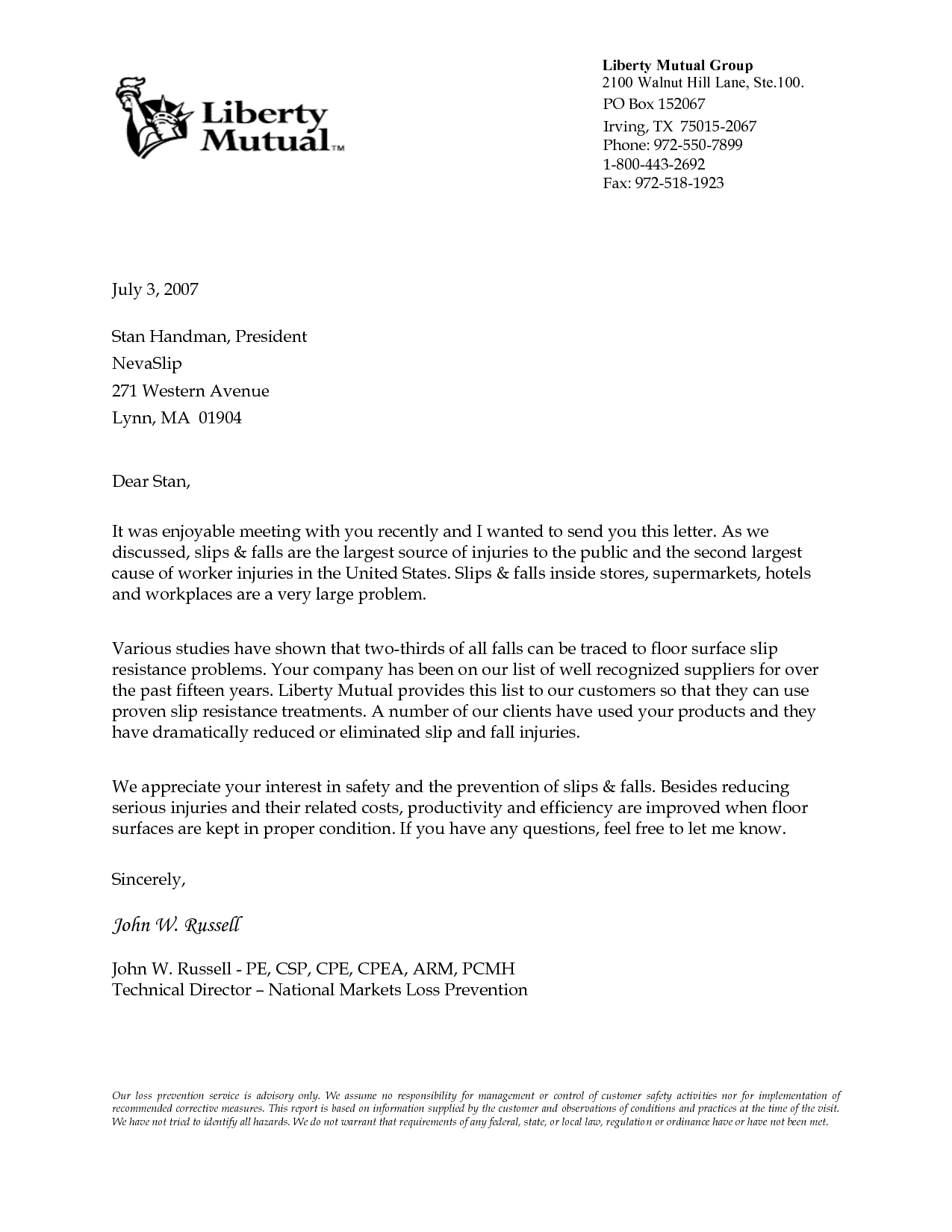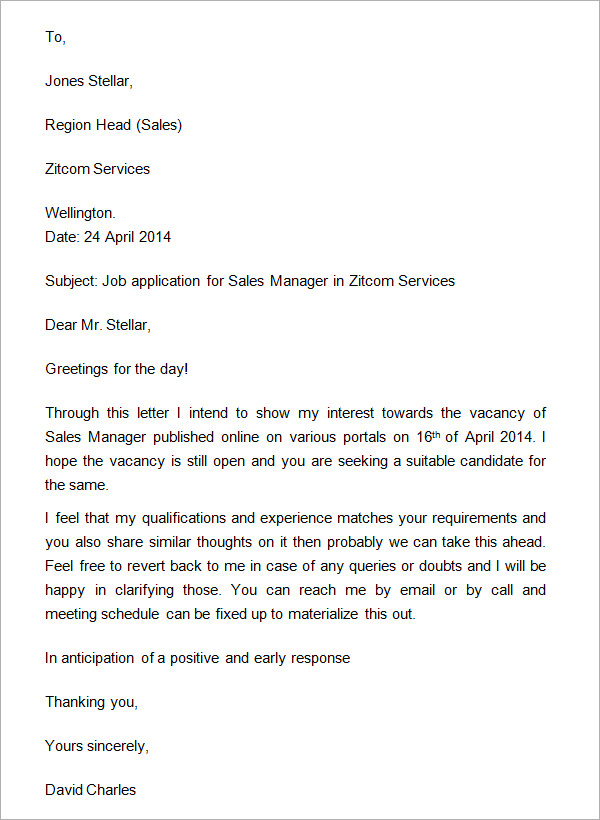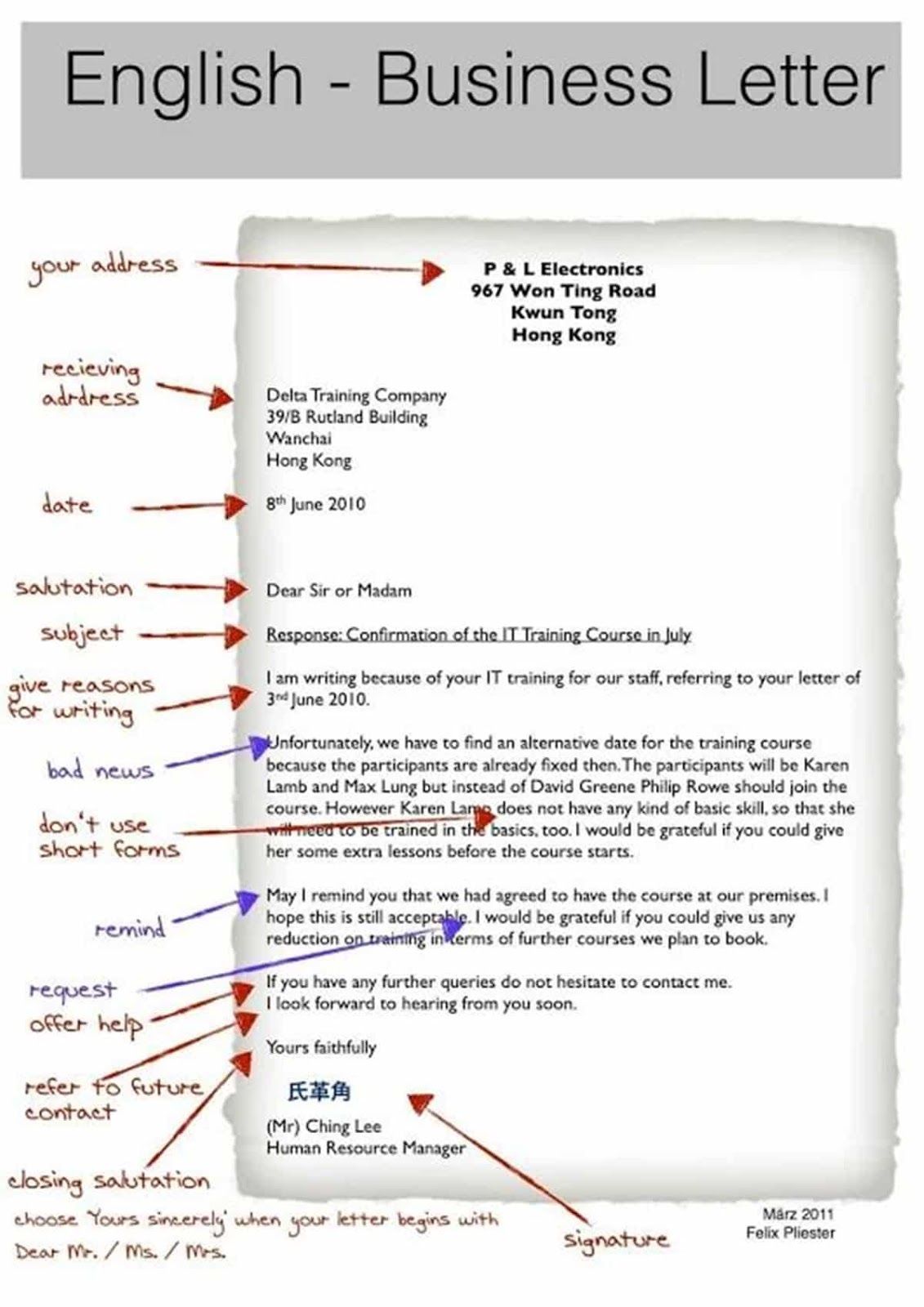

In terms of more formal greetings, you have the following options: First names are best avoided if you want to be very formal, but may be acceptable in some situations, such as when you’re writing to someone you’ve met in person and who has encouraged you to address them by their first name. Salutations in more detailĪlways begin a formal letter with “Dear”, rather than “hi” or any other more informal greeting. – Print name: beneath your signature is your name printed in full. – Signature: we’ve left a gap here, where you would handwrite your signature once you’ve printed off your letter ready to send.

In this example we’ve used “Yours sincerely”, for reasons that will become clear later.
UK BUSINESS LETTER LAYOUT HOW TO
– Sign-off: again, we’ll give you more guidance on how to sign off your letter later in this article. In this example, we’ve put the direct question on its own separate line to make sure it stands out.

Make sure it’s clear exactly what you want the person to do as an outcome of your letter. Use spaces to indicate a new paragraph and keep sentences clear and to the point. – Body text: the main content of the letter. – Subject line: a bit like an email, a formal letter has a one-line summary after the salutation, which summarises what the letter is about. – Salutation: we’ve written about these in more detail beneath our example letter, but for the purposes of this example we are addressing the recipient using “Mr” and his surname. This is left-aligned and placed below the text of your own address and the date.

– Their address: Next, you write the recipient’s address. Note how we’ve formatted the date here, and left a space between the bottom of the address and the date. – Date: Beneath your address, you write the date of the letter. This goes at the top right-hand side of the letter. – Your address: the first thing to write is your own address.
UK BUSINESS LETTER LAYOUT FULL
We’ve written out the letter in full below, so that you can refer to it as you read through the following points. To show you the right way of doing it, let’s make up a situation and pretend that you’re writing a letter to a university you’ve applied to, enquiring about the possibility of deferring your course for a year. When it comes to writing a formal letter, there are very clear right and wrong ways of going about it. So, if you’re not quite sure how to go about writing a formal letter or email, take heed of the advice in this article and you’ll soon be writing professional-sounding communications. This is a skill you’ll almost certainly need if you’re in the process of applying to UK schools or universities, so we thought we’d give you a handy guide on how to write formal letters and emails in English.Įven if you’re a native speaker, this is still an essential skill to acquire if you haven’t already, both for university applications and in life beyond your student years, when you’ll almost certainly need to write covering letters for job applications, letters to the bank, emails to customer service departments of companies, and so on. If you are new to the English language, one aspect of English you possibly haven’t thought about yet is how to communicate appropriately in formal written situations, such as letters.


 0 kommentar(er)
0 kommentar(er)
